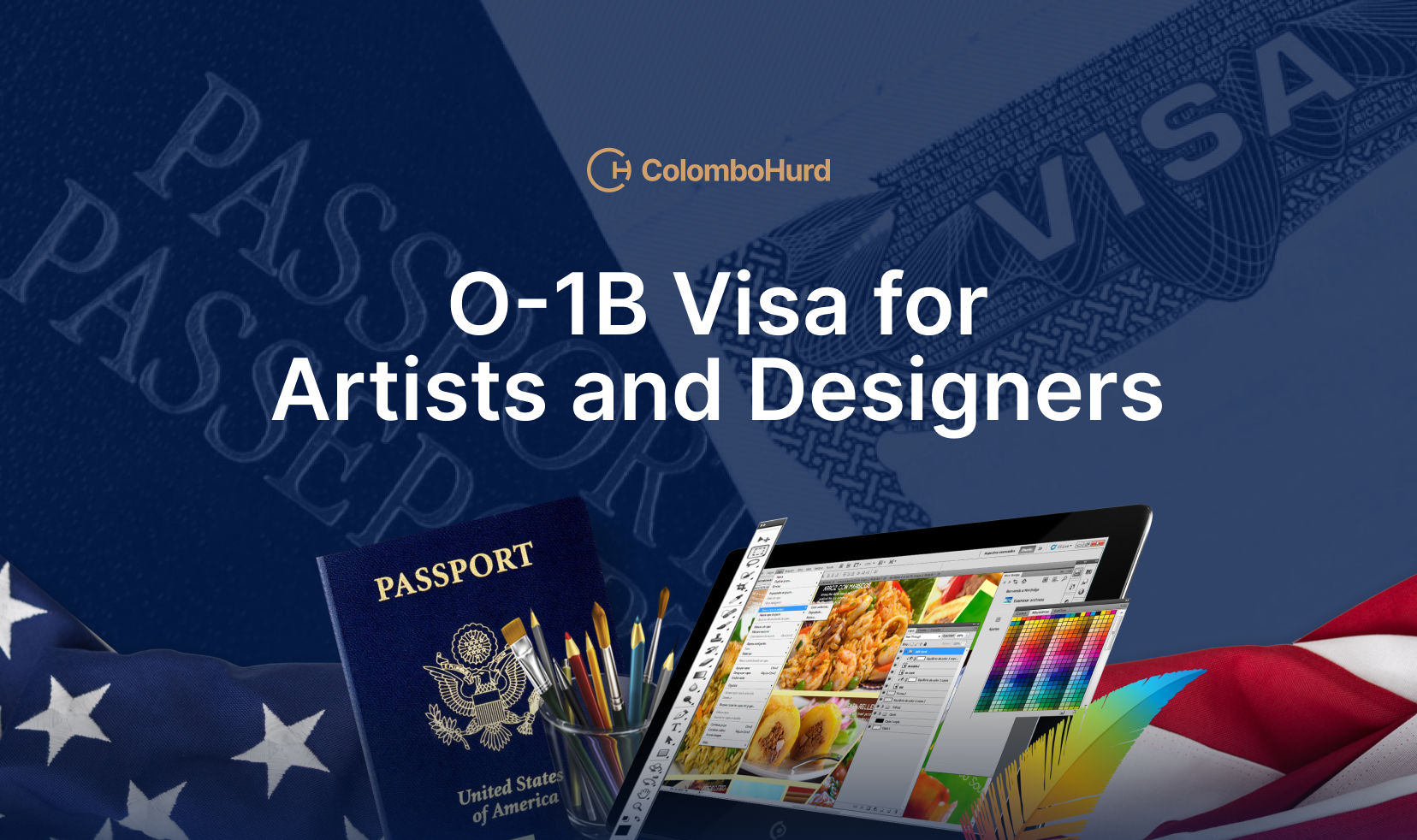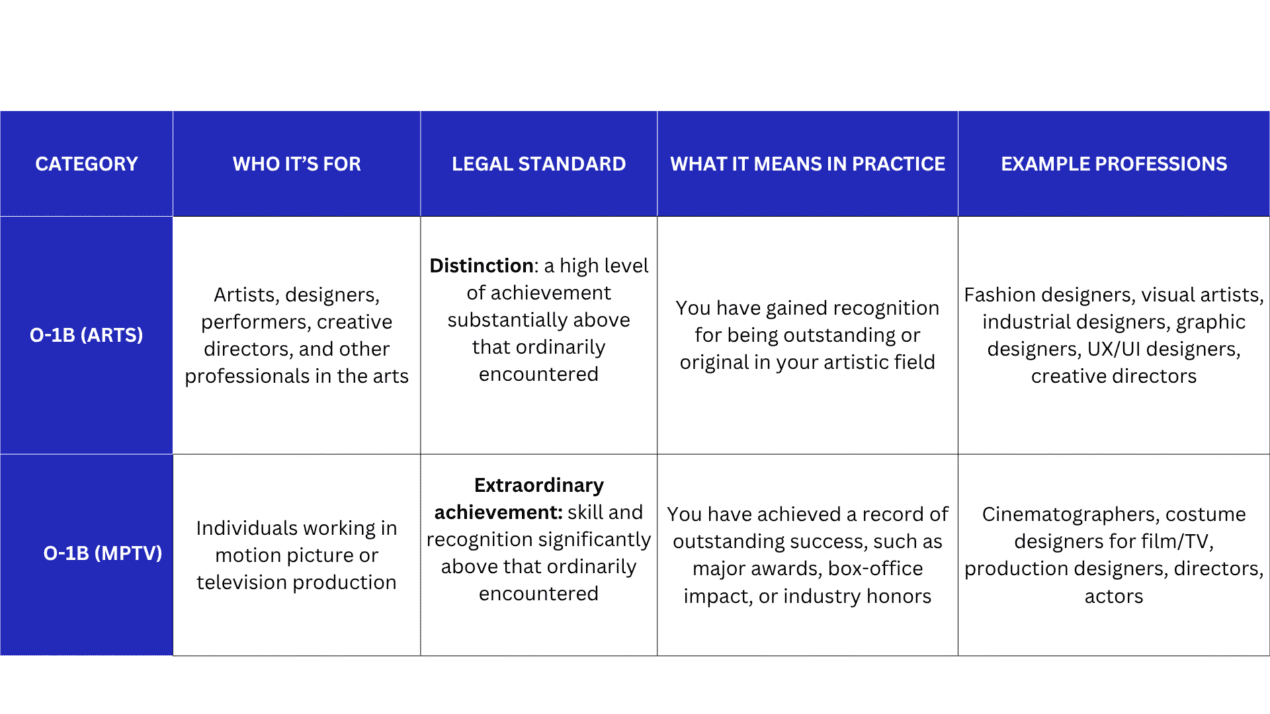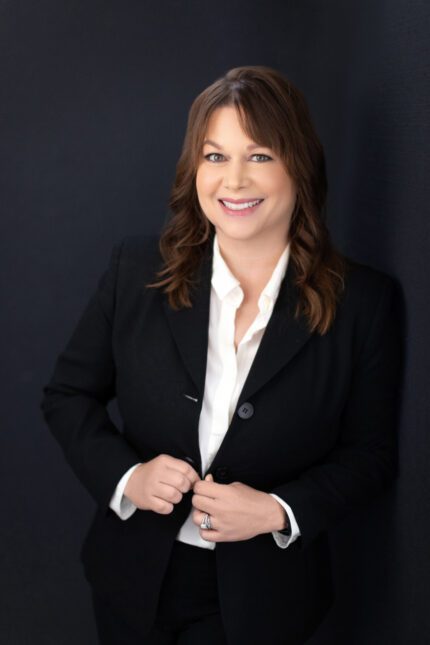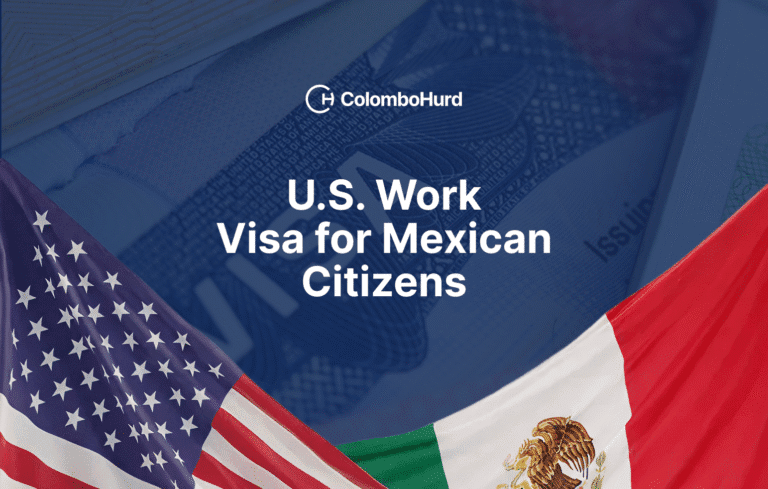
Creative professionals today are no longer confined by geographic boundaries. Whether you’re a fashion designer launching capsule collections in Milan, a visual artist exhibiting globally, or a User Experience (UX) designer whose work has gone viral across continents, the world is your stage, and increasingly, the United States is one of the most important platforms for exposure, growth, and recognition.
The O1B visa is a non-immigrant U.S. visa category designed for individuals of “extraordinary ability” in the arts or “extraordinary achievement” in motion picture/television and offers a pathway for leading artists and designers to live and work in the U.S. on projects aligned with their creative expertise.
The goal of this article is to demystify the O-1B process for artists and designers. For an in-depth analysis of the O-1 visa in general, read our complete guide first.
What is the O-1B Visa and How Does it Work for Artists and Designers?
The O-1B visa is a U.S. work visa created for individuals who have demonstrated extraordinary ability in the arts or extraordinary achievement in the motion picture or television industry. It is defined under the Immigration and Nationality Act (INA) and the Code of Federal Regulations at 8 CFR 214.2(o). In simple terms, it allows talented artists, designers, and other creative professionals to live and work in the United States while contributing their skills to specific projects or events.
There are two main versions of this visa. The O-1B (Arts) applies to people in artistic fields such as design, visual art, fashion, music, performance, or creative direction. And the O-1B Motion Picture or Television (MPTV) category is for professionals in film and television, where the standard is slightly higher.
Most designers and artists will fall under the first group, which focuses on showing distinction in the arts rather than global fame.
One of the reasons the O-1B visa is so appealing is that it offers flexibility. There is no annual cap on the number of O-1B visas issued each year, so applicants do not compete in a lottery. It also allows sponsorship through a U.S. employer, a talent agency, or an authorized agent representing multiple projects. Another advantage is that O-1B visa holders can extend their stay indefinitely, if they continue to work in their field and meet the eligibility requirements. Although the O-1B is a non-immigrant visa, many artists and designers use it as a path toward permanent residence, since much of the evidence required also supports eligibility for the EB-1A immigrant visa category.
Understanding the O-1 Eligibility Standards for Artists & Designers
The words “extraordinary ability” can make you feel like you need a Grammy or an Oscar before you even apply. But the law isn’t asking you to be world-famous; it’s asking you to prove that you’ve achieved something notable in your creative field. The immigration regulations divide the O-1B into two versions, depending on your area of work.

The Six Regulatory Criteria (or Major Award Option)
To qualify for the O-1B visa, you must either have earned a major national or international award or meet at least three of the six categories described below. Most creative professionals, especially designers, qualify by satisfying three or more of these criteria. Let’s break them down in plain language and see how they apply to artists and designers in today’s creative economy.
Leading or Starring Role in Events of Distinguished Reputation
To meet this standard, you need to show that you have played (and will play) a leading or starring role in events, projects, or exhibitions recognized for their quality or prestige.
For an artist or designer, this might include serving as lead creative for a fashion week presentation, headlining an international design festival, or being the featured artist in a gallery show that has received critical media attention. The evidence should show that the event and your role were distinguished. For instance, an event may be distinguished if the venue is well known, the audience is international, or the event is covered by a recognized press. Your role may be distinguished if your name appears on event materials as the lead artist or designer. The USCIS views this as a compelling story.
National or International Recognition Through Press or Publications
This category is all about media visibility. If reputable publications, design blogs, or trade journals have featured or reviewed your work, you may meet this criterion. Good examples include profiles or feature in outlets like Wallpaper, Design Boom, Dezeen, Architectural Digest, or Vogue Business. Online or print coverage counts, provided the publication has a credible following, and the article focuses primarily on your creative work.
Critical or Leading Role for Organizations of Distinguished Reputation
This category focuses on your professional standing. USCIS wants to see that you have performed (and will perform) in a critical or leading role for an organization or company known for excellence. For designers, that might mean being a senior designer for a luxury brand or creative director at a well-known agency or collaborating with an internationally respected museum or tech company. The key is showing that the organization itself has a “distinguished reputation”.
Record of Major Commercial or Critical Success
This criterion looks at the impact of your work financially, critically, or both. You can meet it by showing measurable success (such as strong sales or global collaborations) or critical acclaim (such as major design awards or press reviews). For instance, if a product you designed generated international sales, or your fashion line was featured in a top-tier review, this is where that evidence belongs. Make sure to track how your contributions are monetized.
Recognition from Experts or Professional Organizations
This category rewards peer acknowledgment, proof that respected voices in your field view your work as significant. That could mean receiving awards or grants, being invited to speak at a conference, serving as a juror in a design competition, or receiving endorsements from industry leaders. Consider joining professional organizations if you have not already. Many organizations provide valuable networking and leadership opportunities that will serve this and future immigration applications.
High Salary or Other Substantial Remuneration
Finally, one of the clearest indicators of distinction is compensation that exceeds the norm for your field. High pay, exclusive licensing agreements, or project fees that surpass industry averages can demonstrate extraordinary ability. For creative professionals, this might include a design contract reflecting elevated rates, royalty payments for a product line, or commission fees that show market demand for your work.
Step-by-Step Application Process for Artists and Designers
Applying for an O-1B visa can feel like assembling the most important creative project of your career, but with the right guidance, the process can flow smoothly. Below is a practical walk-through of what each stage involves, and how we help build your petition.
Step 1: Pre-Petition Planning
We start by building or refreshing your creative portfolio. This should highlight your strongest work, awards, exhibitions, press features, commercial or critical success, and collaborations. Next, we identify your U.S. sponsor. You cannot file an O-1B petition on your own, and self-petitioning is not allowed.
Step 2: Choose the Sponsorship Mechanism
Once we determine who will sponsor you, we clarify how the sponsorship will work. That is, if you have one steady U.S. employer (for example, a design firm or gallery), that employer can file the petition. Or, if you expect to work on multiple projects with different clients, we can file one petition covering all engagements.
You can read more about finding a sponsor in our previous post: how to find an O-1 visa sponsor.
Step 3: Prepare the Evidence Package
Next, your attorney will file Form I-129 with USCIS. This form must include a detailed evidence package, demonstrating your extraordinary ability, using the six criteria we just discussed.
Step 4: Timing and Duration
An O-1B visa is generally granted for the length of the event or project, up to three years for the initial period. If your creative work continues in the U.S. beyond that, you can file for extensions in one-to-three-year increments. To maximize extensions, you must be able to describe new work. There is no set limit to how many extensions you can obtain if you continue to qualify and maintain your work in the arts.
Step 5: Processing Time and Fees
USCIS offers regular and premium processing. While the regular processing can take several weeks or months, depending on caseload, the premium processing guarantees a decision within 15 calendar days for an additional fee. However, this does not guarantee approval of the petition, only a faster decision.
Keep in mind that dependents do not have a premium processing option. Applications for change of status for family members can take several months.
As of 2025, the premium processing fee is $2,805, in addition to standard filing fees. Though it is an investment, premium processing is often worthwhile for applicants on tight project timelines. For further insights on the O-1 timeline, read our article on What To Expect In O-1 Processing Times In 2025.
Step 6: Decision and Approval
Once your petition is reviewed, USCIS will issue a decision of notice. If approved, you will receive an I-797 approval notice, which is the official confirmation that your O-1B status or visa can be issued.
Step 7: Consular Processing and Travel
If you are outside the U.S., you will take your approval notice to a U.S. consulate to apply for the visa stamp in your passport. If you are already in the U.S., you can request a change of status through USCIS instead. Once your visa is active, you can travel in and out of the country for the duration of your approved engagements. Just make sure your passport, visa, and approval notice remain valid for re-entry.
Step 8: Maintaining Status
To stay in compliance, continue working only within the scope of your approved petition. If you change employers, add new projects, or extend your stay, a new or amended petition must be filed. Keep your portfolio and documentation up to date. This will make future renewals or transitions much smoother.
What’s New & Trending for O-1B Visa in 2025 for Creative Professionals
Policy Updates Shaping the 2025 Landscape
In January 2025, USCIS issued a revision and provided greater clarity on what counts as a “high salary”. This addressed situations where the beneficiary’s own company can file the petition, and formally acknowledged new creative industries like digital art, immersive installations, social media work, and interactive design as valid within the “arts” definition. For a detailed overview of these changes, read our related article USCIS Updates Guidance for O-1 Visa Eligibility for a breakdown of the most recent policy updates and what they mean for creative professionals.
Increased Scrutiny on Advisory Letters and Expert Evidence
One of the strongest trends in 2025 is a noticeable increase in scrutiny of advisory opinions and expert letters. USCIS officers are now reading them more critically, looking for detailed, field-specific commentary from credible sources. For designers and creative professionals, that often means obtaining letters from recognized organizations like the American Institute of Graphic Arts (AIGA), the Council of Fashion Designers of America (CFDA), or other respected industry bodies.
The Expanding Role of Digital Media and Streaming
In 2025, USCIS routinely encounters petitions for designers and artists whose work appears in digital environments rather than on physical stages or gallery walls. While these applicants can sometimes qualify under the MPTV subcategory of the O-1B status, most designers, digital artists, and creative directors still fall within the broader arts category. The key is how the role is framed.
Cost and Processing Considerations for 2025
Costs have shifted in 2025. The government filing fee for most O-1B petitions, filed on Form I-129, is now $1,055 (with a reduced fee of $530 for small employers/non-profits). The optional premium processing service remains at $2,805, guaranteeing a USCIS response within 15 calendar days. (Premium processing ensures only the speed of adjudication, not approval).
Conclusion
For artists and designers who have achieved distinction in their fields, the O-1B visa offers a clear pathway to expand their creative reach in the United States. With careful planning, well-documented achievements, and the right legal guidance, you can build a strong petition that reflects both your artistry and professional impact.
Now is the perfect time to evaluate your body of work, organize your evidence, and partner with experienced immigration counsel such as our team at Colombo & Hurd to guide you through the process with confidence. The creative world is evolving quickly, and this is your opportunity to build global momentum and bring your vision to a wider audience in the U.S. market.
See If You Qualify For The O-1
Complete our questionnaire to check your O-1 eligibility.





